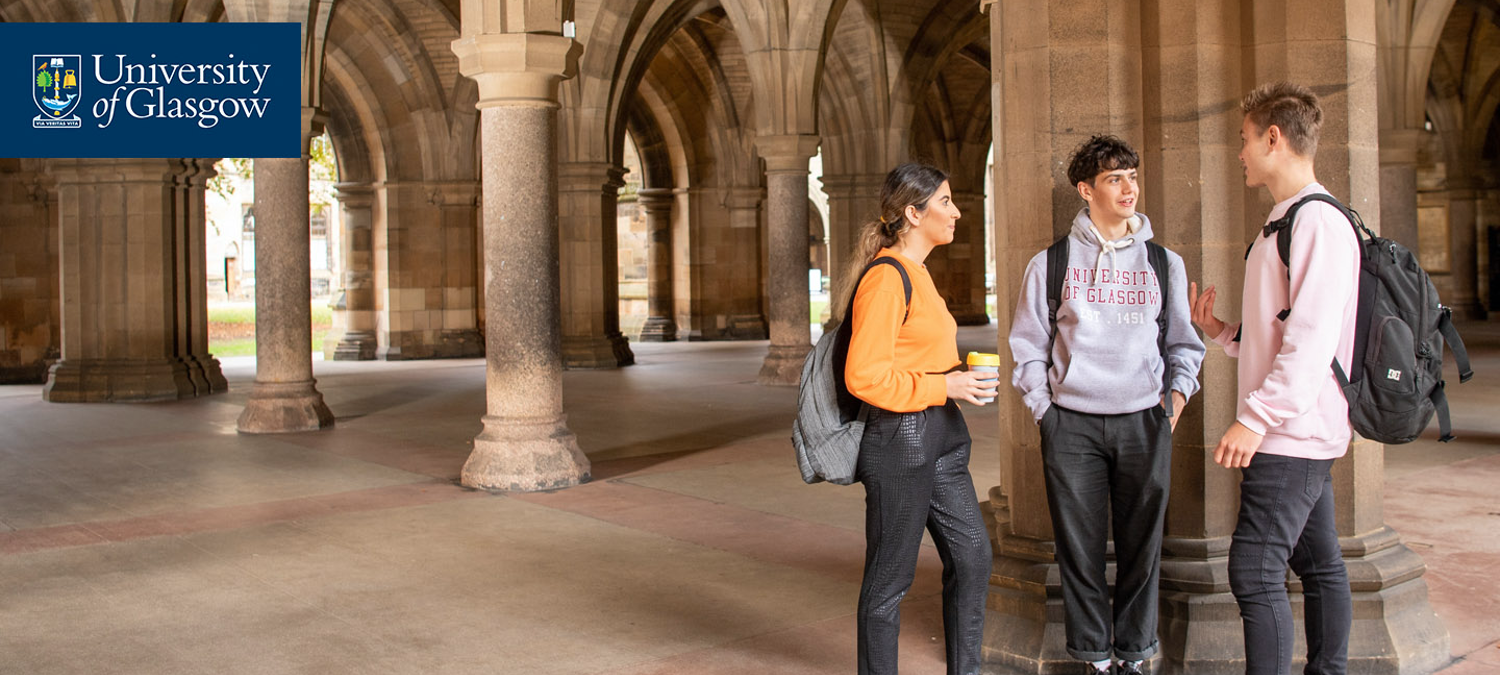Dr Leonardo Franchi (Lecturer, School of Education, University of Glasgow)

Art in Religious Education
And he looked at Jesus as he walked and said ‘Behold the Lamb of God’ (John 1:35)
A good teacher of Religious Education will employ different methods: story, puzzles, chat, prayer and assemblies come to mind. Perhaps there is case to be made for the increased use of art in Religious Education, both at school and tertiary level. Benefits to this approach include the promotion of a more reflective and inclusive approach to learning, not only for children who may have problems with the written word, but for all children.
The Compendium contains many examples of Christian art. These images are not included simply as adornments but are integral to its doctrinal message. Each image is accompanied by an explanation of the theology it expresses. The Compendium reminds us that ‘a sacred image can express much more than what can be said in words, and can be an extremely effective and dynamic way of communicating the Gospel message’ (Introduction, no. 5). Art is the medium through which the beauty and glory of God is transmitted.
Clearly, the use of art as a medium in Religious Education allows for a deeper drawing out of the themes of Gospel passages. For example, Simone Martini’s ‘Annunciation’ (in the Galleria degli Uffizi, Florence) shows clearly in the body language of Mary how she drew back from the Angel; there is clear apprehension in her position. She is unsure of what is happening to her yet the initial fear is dispelled by her free, grace-filled response.
A visitor to the San Marco Convent in Florence will see how the Dominican, Fra’ Angelico, painted scenes from the Gospel on the walls of the cells of the Friars who lived there. These images are located mostly beside the solitary window of the cell, suggesting that they should be viewed as windows into another world and, ultimately, into heaven itself. This is a key function of religious art: to raise the mind of the human person and allow us to contemplate what belongs to another dimension.
One powerful image in the Compendium is given to us at the beginning of Part Three, Section Two. This is an image of Fra’ Angelico from the Convent of San Marco which depicts Jesus teaching His Apostles. They are sitting around Him like young children around a Father, or trusted teacher, looking ‘up’ to Jesus as he sits on higher rock than them. He is teaching them as one with authority (Matthew 7: 29).
The use of religious art, therefore, brings to life the theological themes they encounter elsewhere. It also reminds them also of the influence of Christianity on the arts throughout the ages and, consequently, opens up a whole new world of knowledge and culture.
Practical Exercise: Religious art ought to encourage teachers to experiment with its use in class with the consequent opening of new horizons for young people. For example: the ‘Maesta’ of Il Duccio (Museo dell’Opera del Duomo, Siena) is a wonderful example of a much-loved masterpiece which provides many possibilities for the innovative teacher: consider how the many episodes depicted here could enhance our teaching of the life of Jesus. Perhaps students could take one ‘frame’ from this masterpiece and use it as a stimulus for reflective writing or as the inspiration for an assembly.
A version of this paper was published in The Sower, July-September, 2007.
